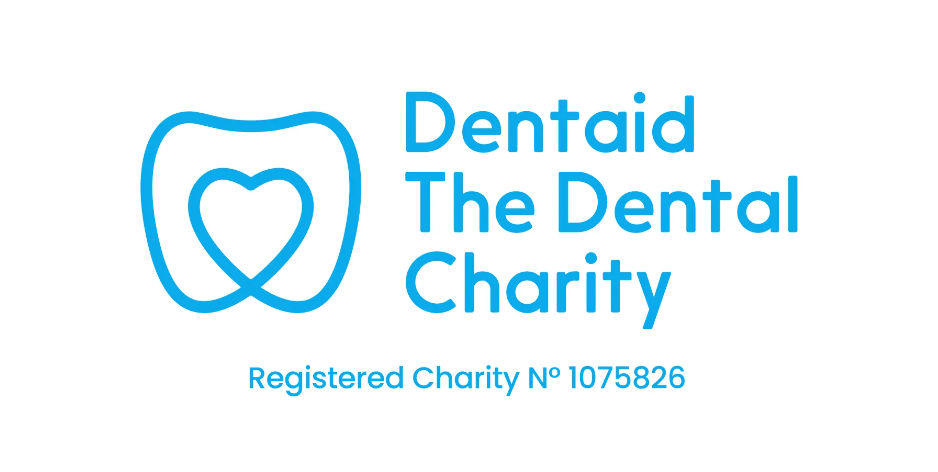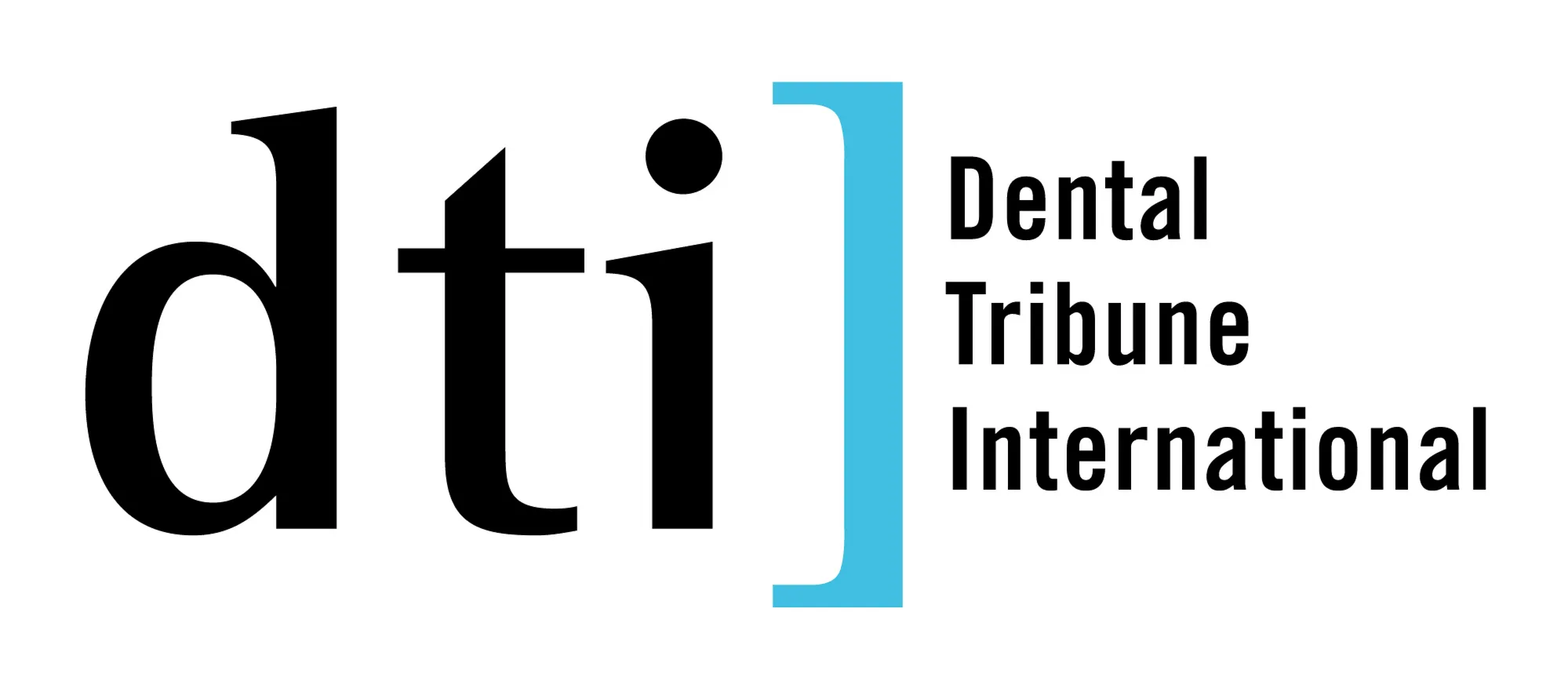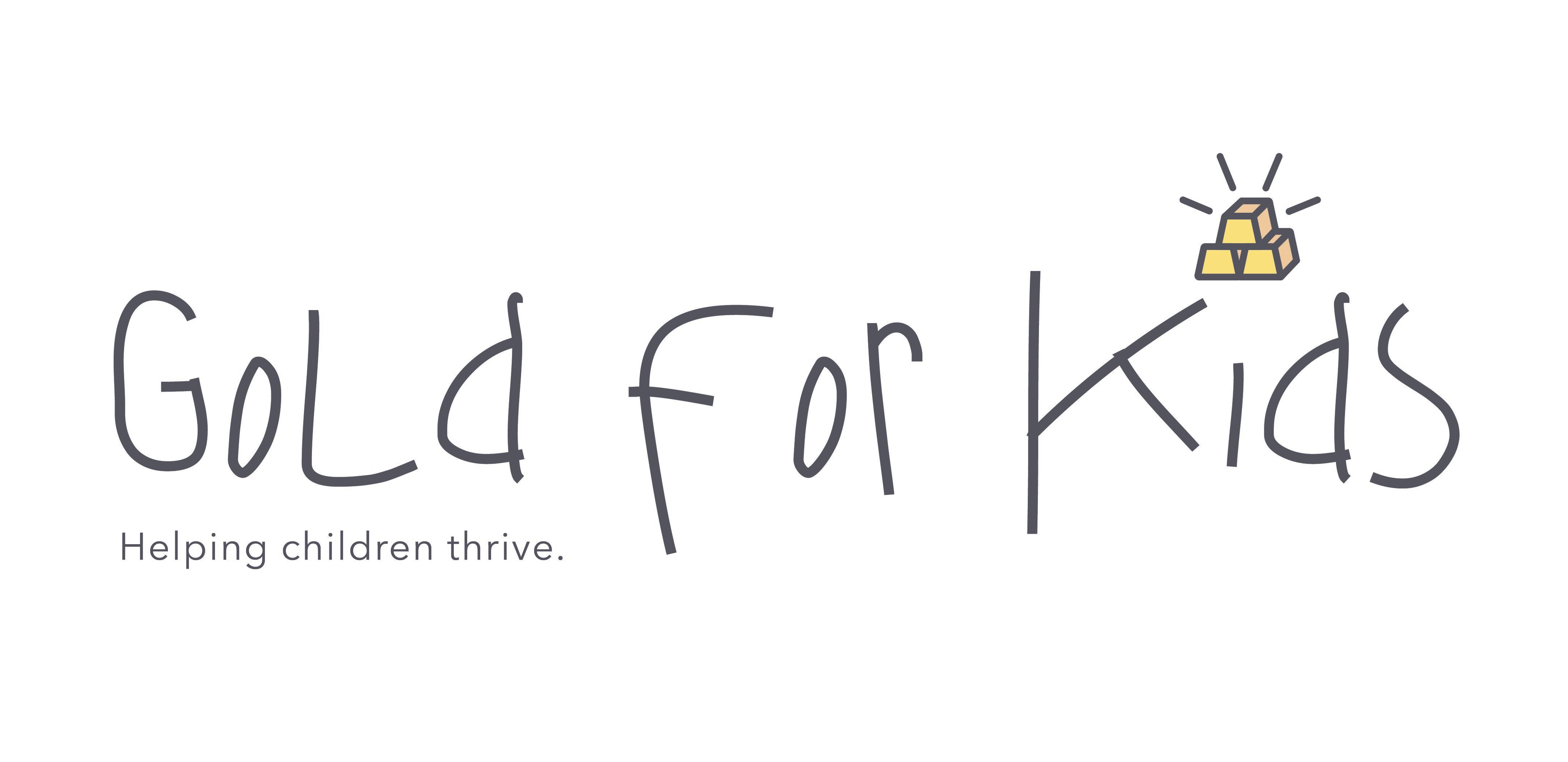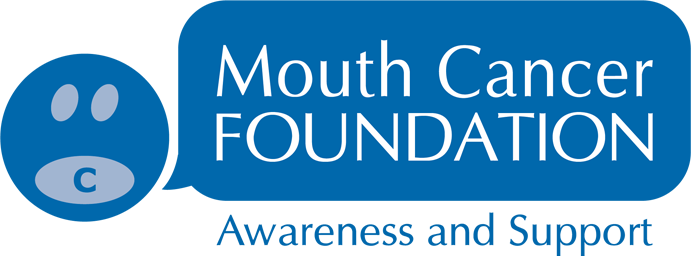What will the new normal look like?
The Prime Minister’s change in emphasis from staying at home to staying alert has certainly ramped up the already feverish dental debate about how and when dentistry ‘gets back to work’. Of course, dentistry has continued to be at work throughout the pandemic, just not work as we know it. The limitations of a system providing advice and triage to urgent care centres have frustrated many; dentists unable to provide complete care for their patients and particularly those patients with significant pain.
Now the question is looming large as to what the new normal will look like in dentistry. And the profession is split about what it looks like; when it will happen; what precautions are required to provide safe care; and whether patients will be desperate for dentistry or desperate to stay away. At the moment we don’t know the answers to those and plenty of other questions, so here is a bit of crystal ball gazing with all the cautions that come with that branch of science.
What will dentistry look like? It depends who you ask. There isn’t a strong evidence base about the covid-19 virus and how it transmits, and certainly not in a dental setting. Some argue that absence of evidence as reason to suggest that, but for sensible precautions, dentistry can operate in a similar vein to pre-pandemic days. Others take the approach of the precautionary principle, saying let’s wait and see how things play out and that we need more evidence and potentially a vaccine or accurate antibody before we provide the full range of dentistry.
The truth is that we will probably end up moving gradually towards the middle. Across the UK we’ve currently got variations on systems of urgent care centres (UCCs), largely offering non-aerosol generating procedures, with some centres focused on aerosol generating activity. It seems plausible, certainly in England, that we will see an ongoing expansion of the number of those centres over the coming weeks. We are also likely to see an increasing number of private practices opening up and beginning to offer care, whether as officially sanctioned UCCs, or under their own steam. Once we have a critical mass, we might then see widespread opening of practices, probably providing a relatively limited range of care, focusing mainly on non-AGP and preventative care. It would then be logical for most AGP work to be concentrated in the urgent care system for the time being (and potentially in some private practices wanting to provide full care).
Of course, this could be wide off the mark and there is plenty to sort out before we get anywhere. How will the business model work in private practice with a potentially reduced patient throughput and higher costs in such areas as personal protective equipment? On the NHS side, how will funding mechanisms work when current contracts rely on ploughing through activity?
Of course, with every crisis, there is also opportunity. For the dental industry, the opportunity to develop evidence-based products to support safe practise. And for dentistry, perhaps the ideal opportunity to force adaptation of that NHS funding mechanism away from widget counting towards something that counts, a population-based preventative approach to care.
Time will tell. Watch this space.


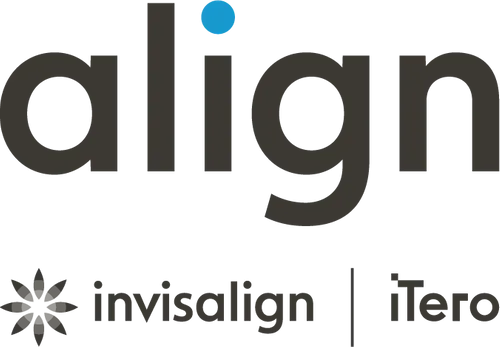







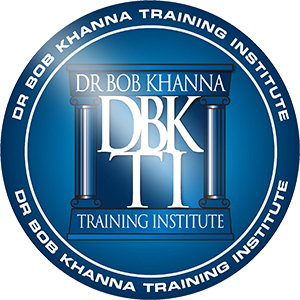





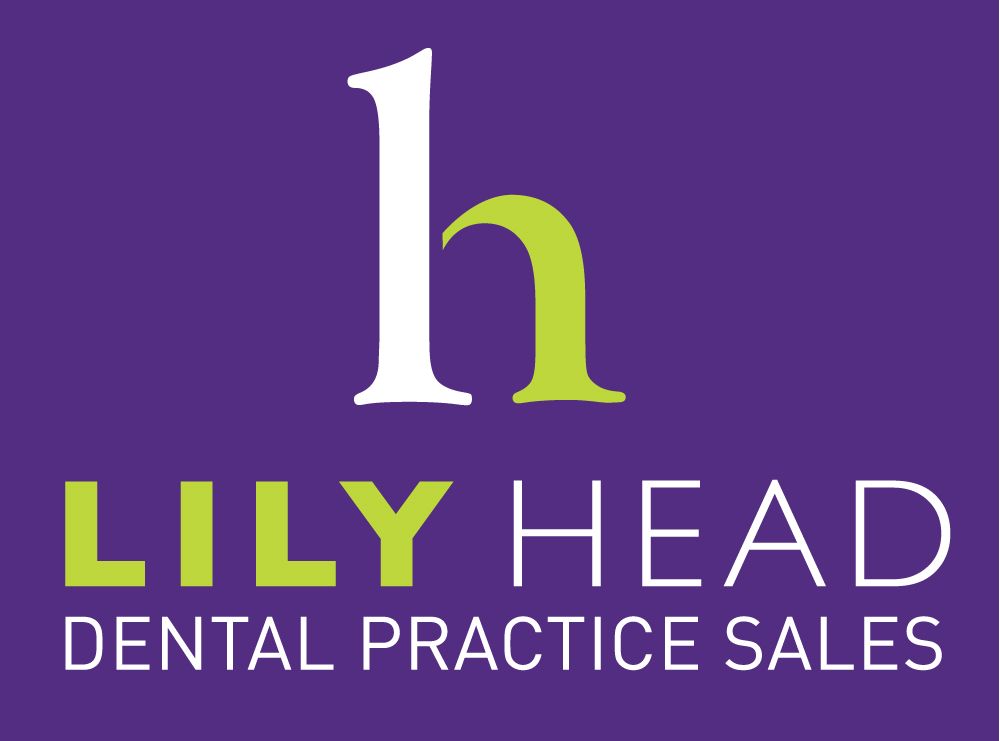






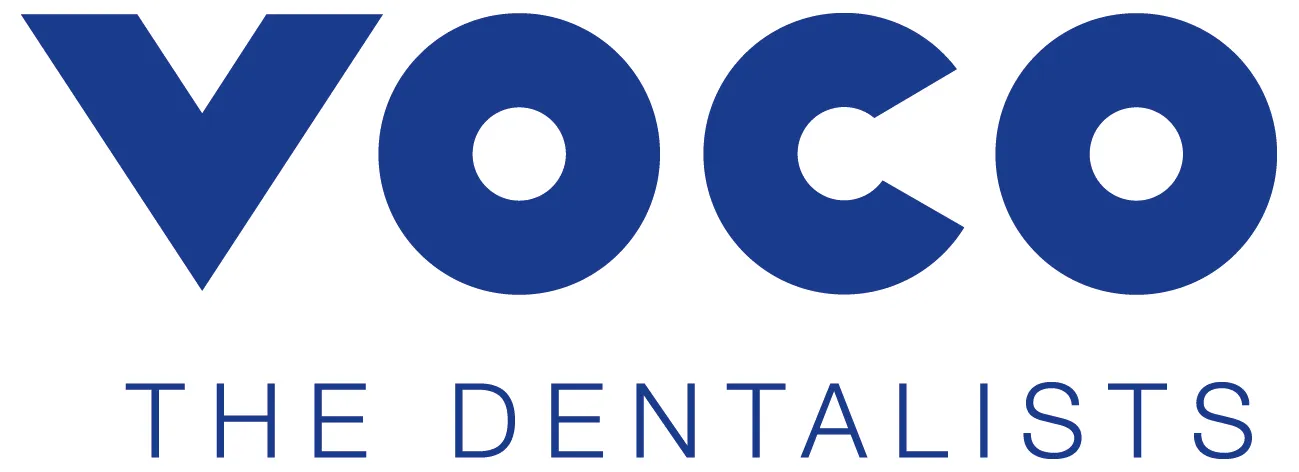




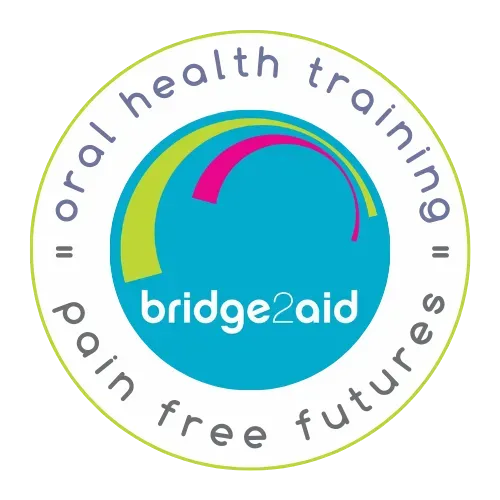


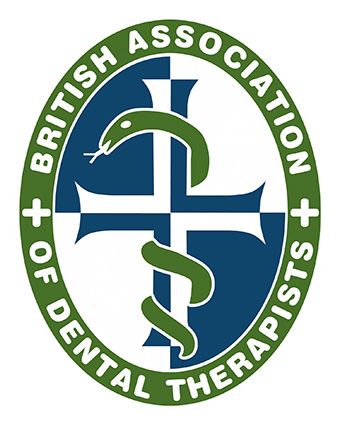


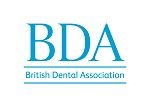
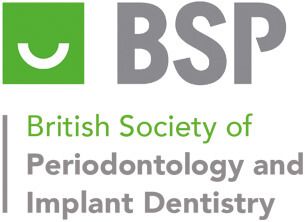
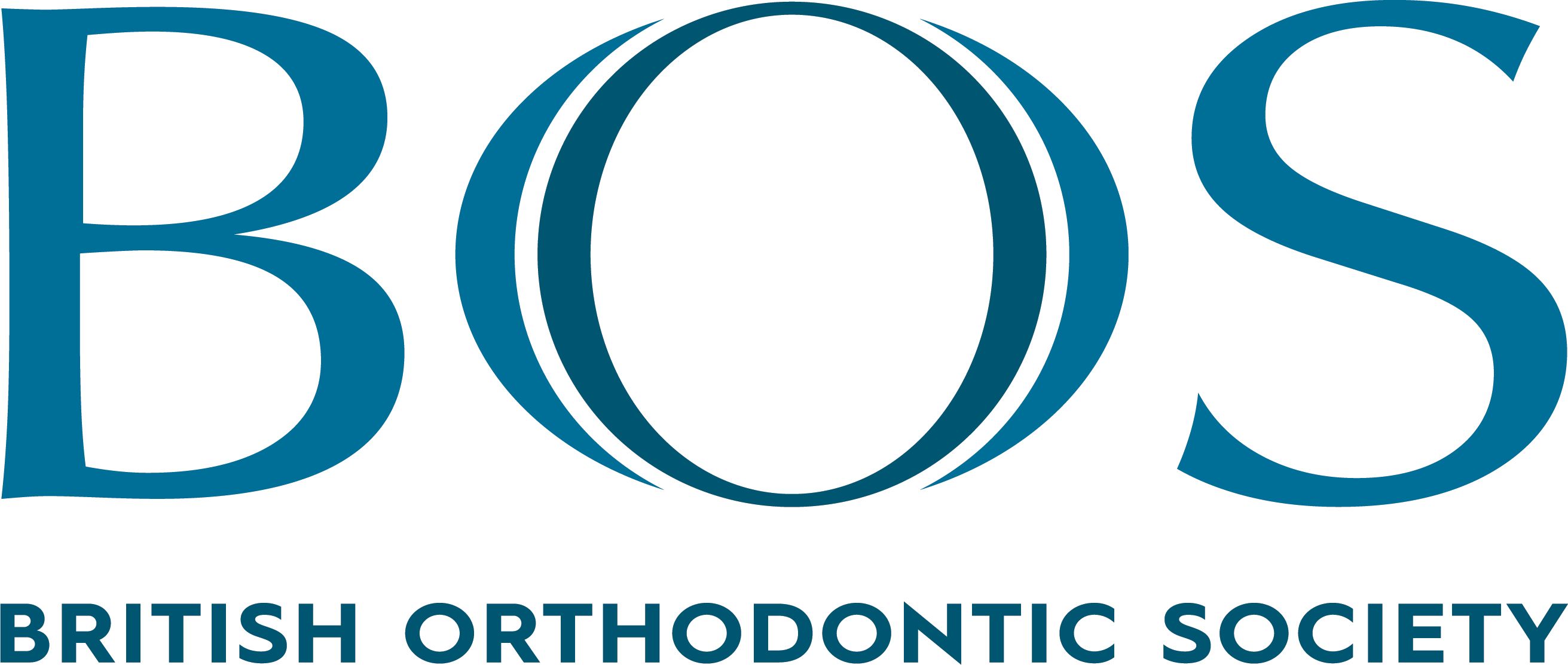


.png)
